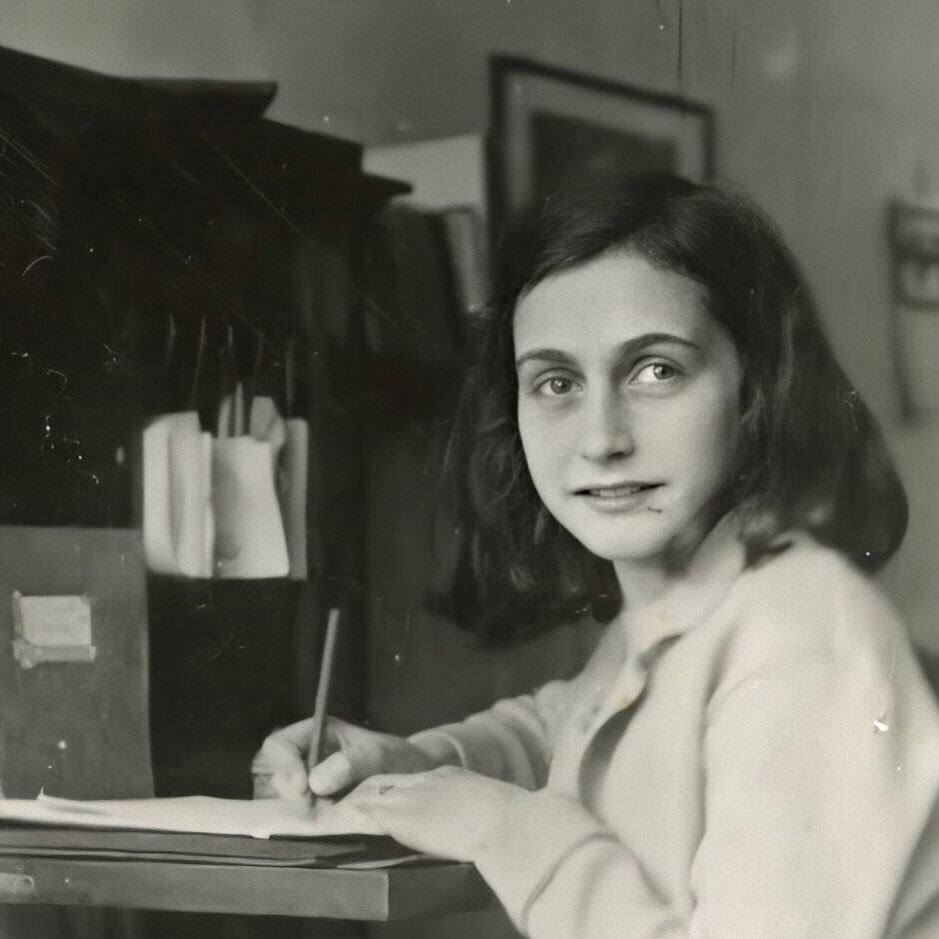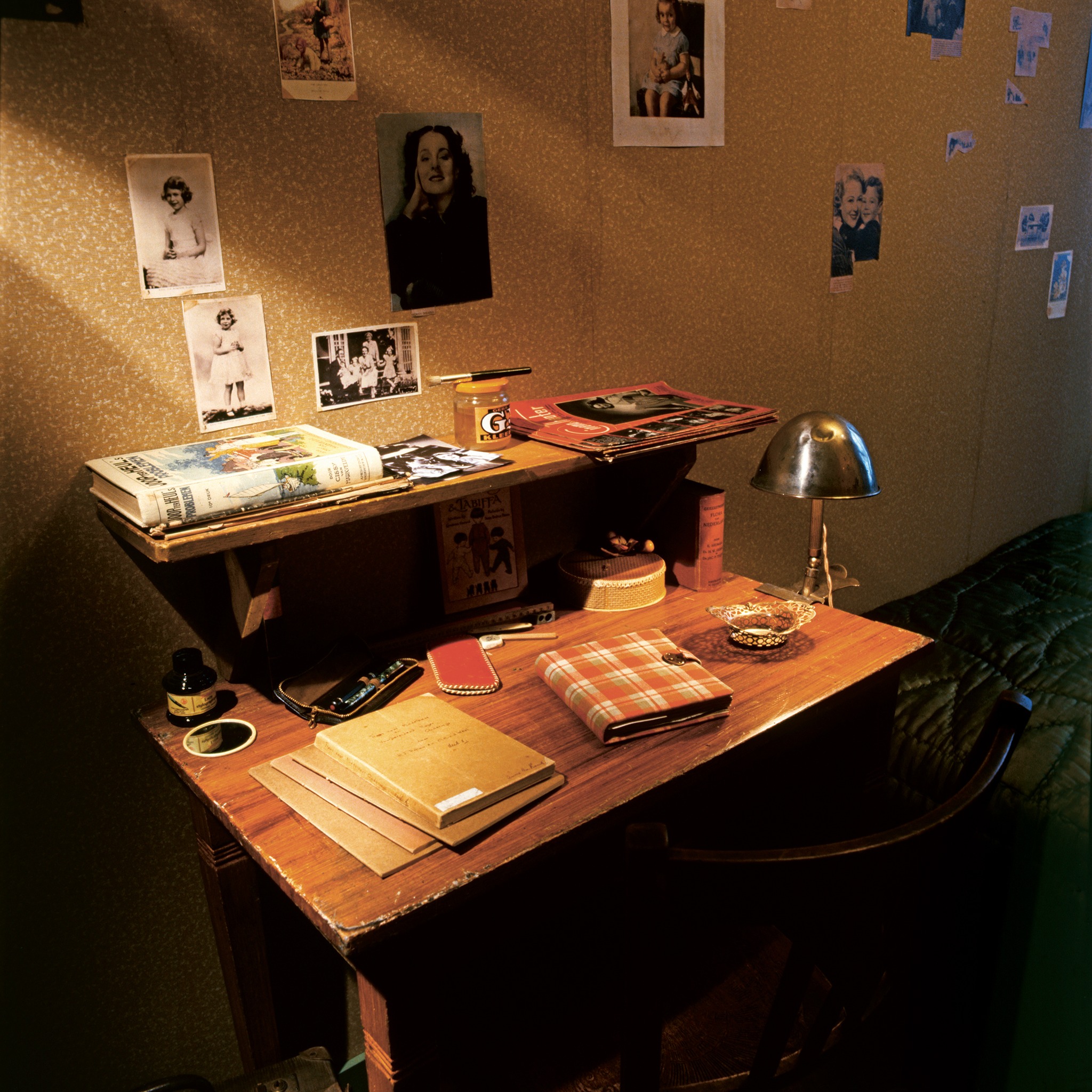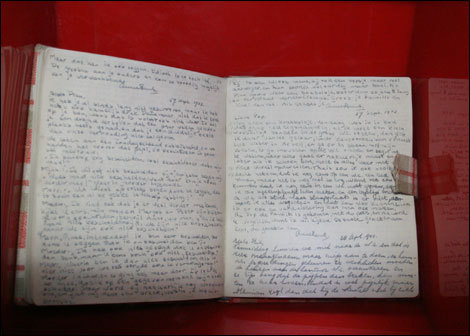The Unexpected Legacy of a Diary
On June 20, 1942, a thirteen-year-old girl picked up a diary and began to write. But she started not with a flourish, but with a question filled with doubt: “It’s an odd idea for someone like me, to keep a diary; not only because I have never done so before, but because it seems to me that neither I – nor for that matter anyone else – will be interested in the unbosomings of a thirteen-year-old schoolgirl.”

Her words were honest, a reflection of the universal teenage fear of being insignificant. She was just a girl, living an ordinary life, and she couldn’t imagine why anyone would care about the contents of her heart.
But that self-doubt was followed by a powerful, a profound statement of purpose: “Still, what does that matter? I want to write but more than that, I want to bring out all kinds of things that lie buried deep in my heart.”

This is the true beginning of Anne Frank’s legacy. It wasn’t about fame or a historical record. It was about an urgent, human need to express herself. It was a desire to give voice to the unspoken feelings, hopes, and fears that lay buried within her. She was a storyteller long before she ever knew she would be a symbol.
Anne’s diary became the very thing she doubted it could be: a window into a life that was both ordinary and extraordinary. Her “unbosomings” were not just those of a thirteen-year-old girl; they were the feelings of a human being living through unimaginable circumstances.

Her words remind us that every life has a story worth telling and every voice deserves to be heard. The things that lie “buried deep in the heart” are often the most important ones. Anne Frank’s diary teaches us that even when we feel our stories don’t matter, they can go on to touch the hearts of millions, leaving a legacy far greater than we could ever imagine.